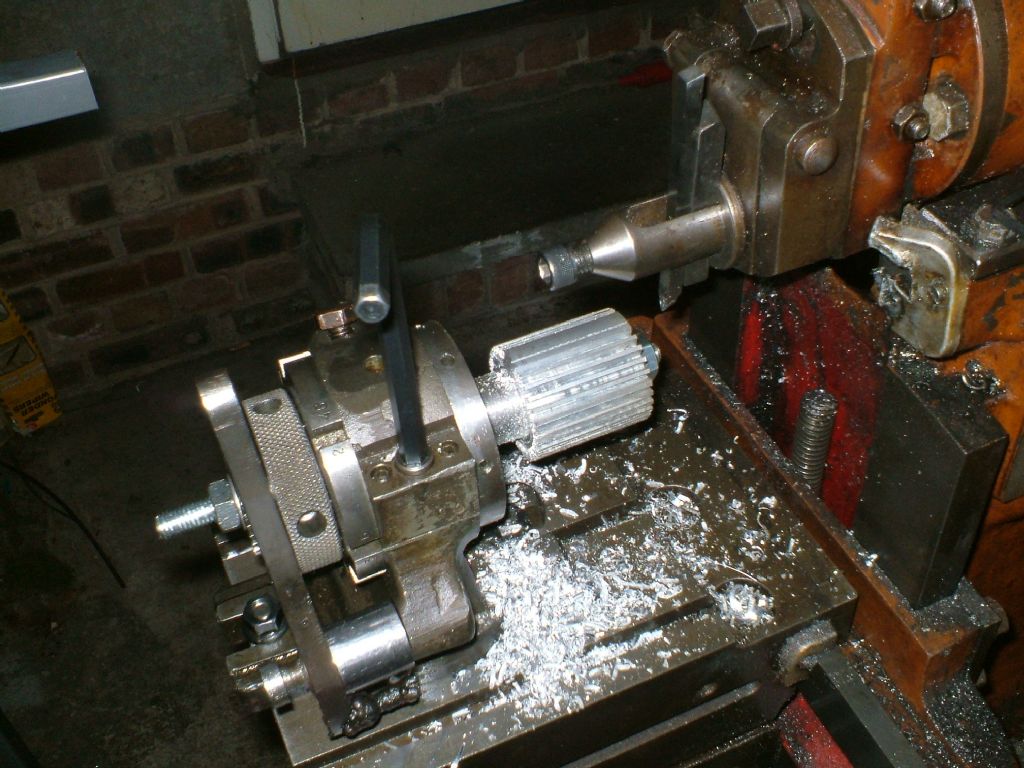Gear cutting with a shaper?
Gear cutting with a shaper?
- This topic has 46 replies, 16 voices, and was last updated 14 February 2017 at 21:15 by
 Michael Gilligan.
Michael Gilligan.
- Please log in to reply to this topic. Registering is free and easy using the links on the menu at the top of this page.
Latest Replies
Viewing 25 topics - 1 through 25 (of 25 total)
-
- Topic
- Voices
- Last Post
Viewing 25 topics - 1 through 25 (of 25 total)
Latest Issue
Newsletter Sign-up
Latest Replies
- 50,000 Ton Press
- Shop Tips
- Wheel and track standards
- Arduino controlled stepper motor for Mill X-axis drive
- Motor bearings and more
- Colchester Chipmaster tailstock shimming
- Mounting chuck directly to rotary table.
- Air source heat pumps
- Building Bernard Tekippe’s Precision Regulator
- Source of 8mm Dia flexible stainless steel tubing





